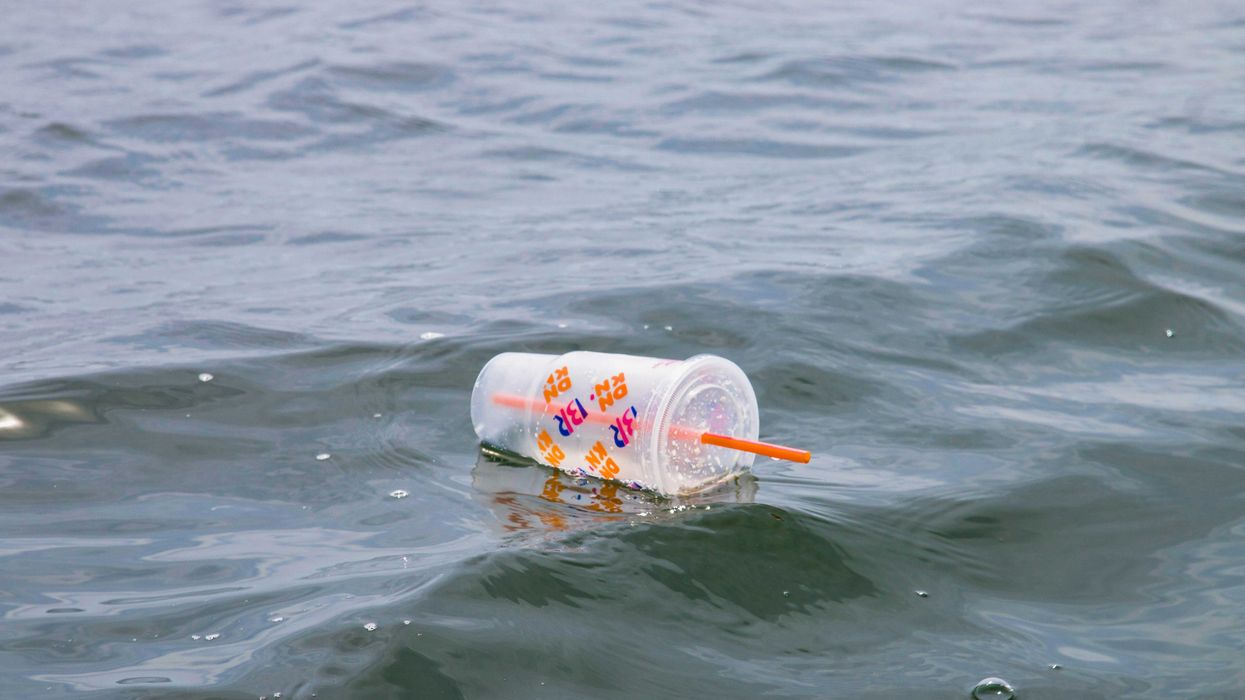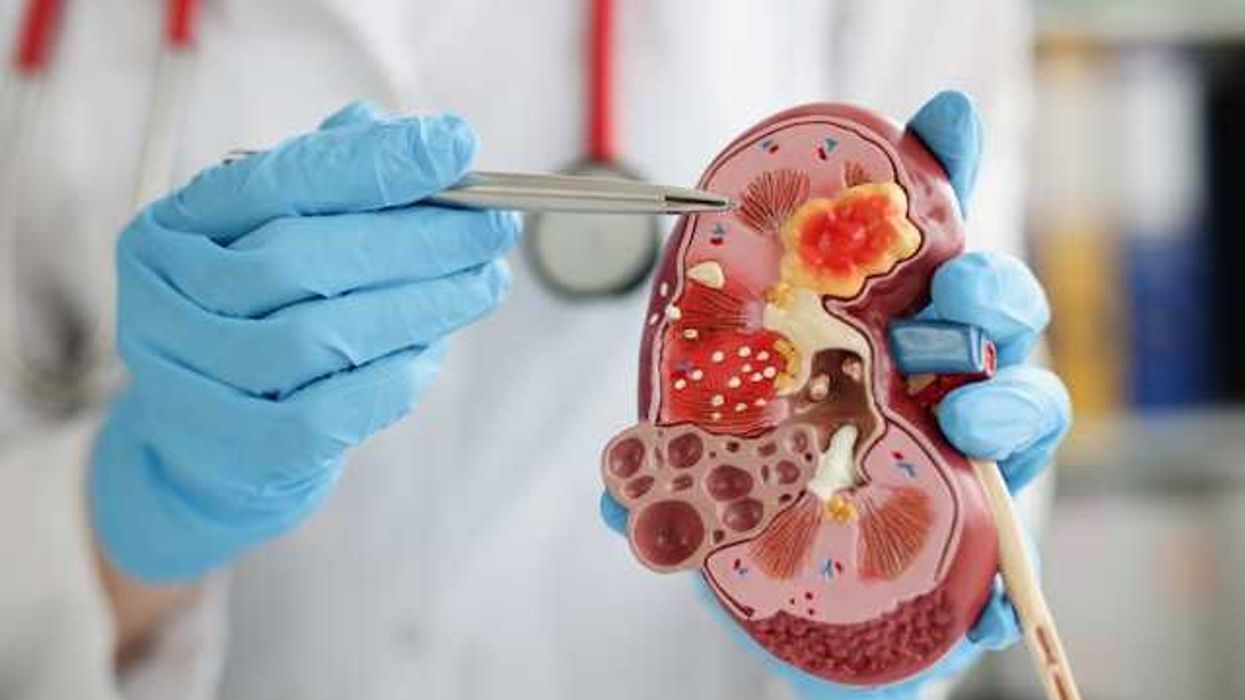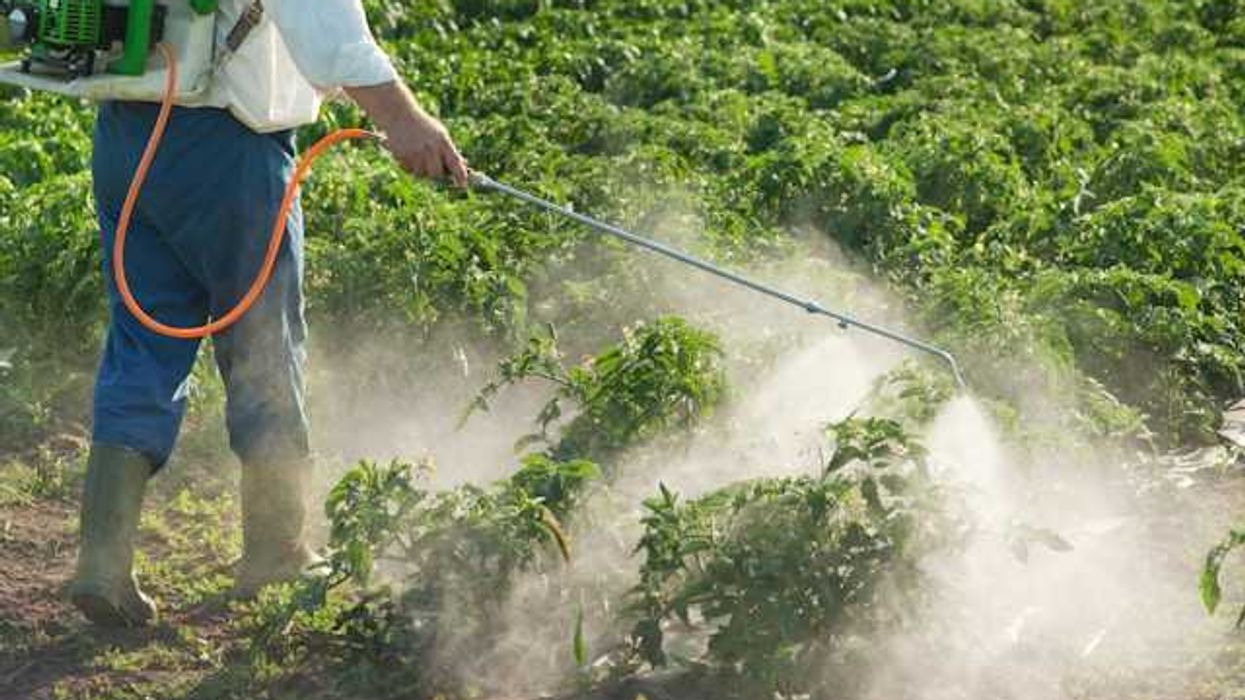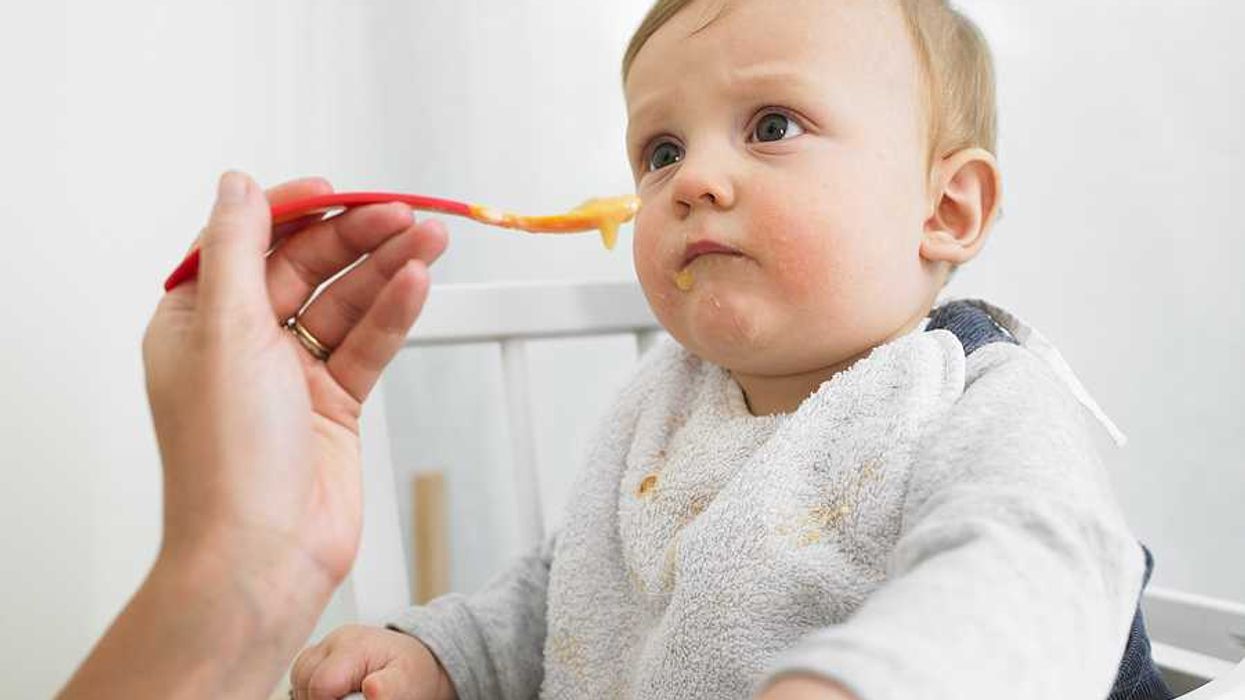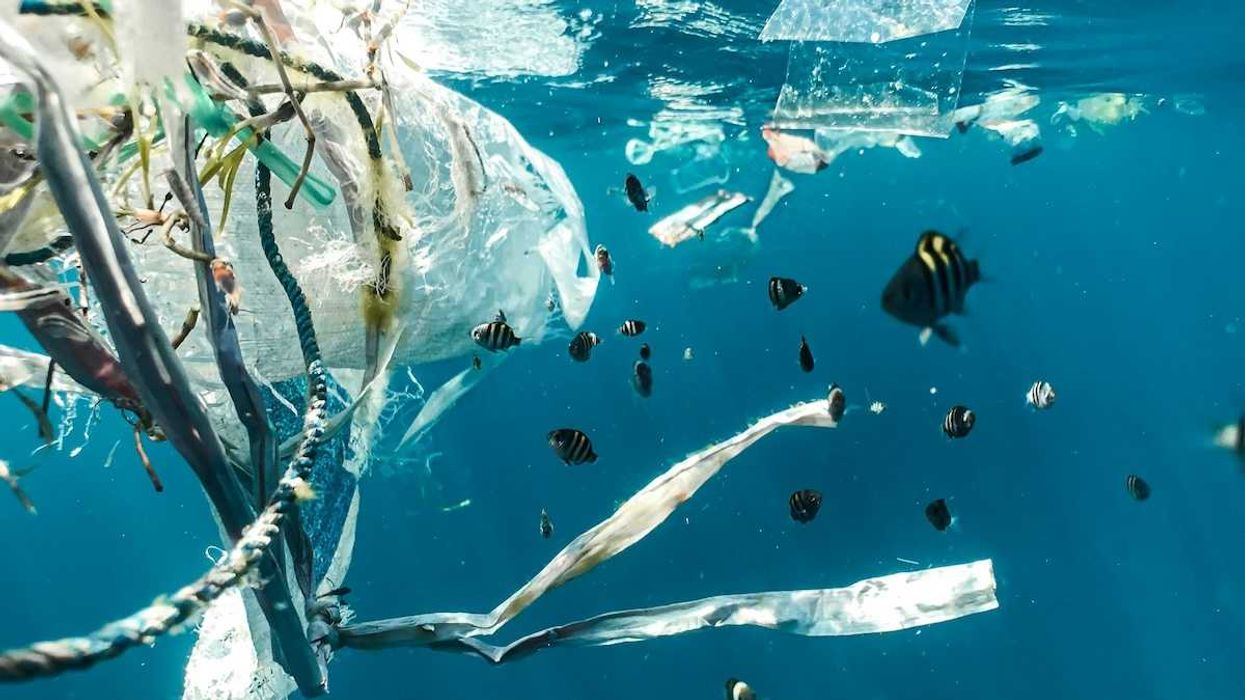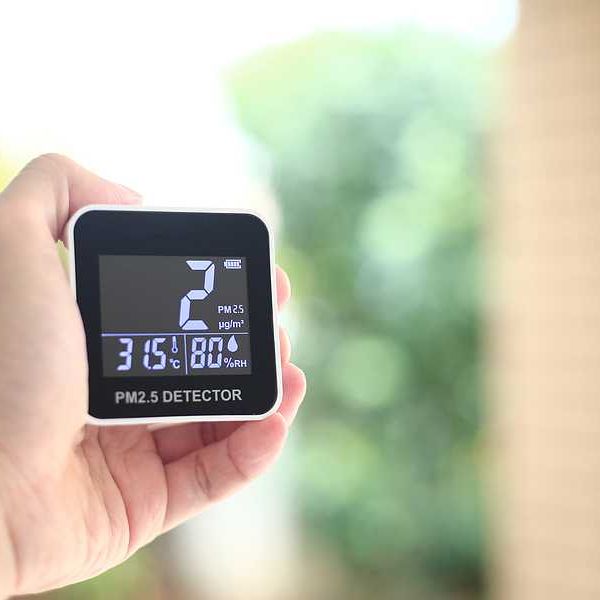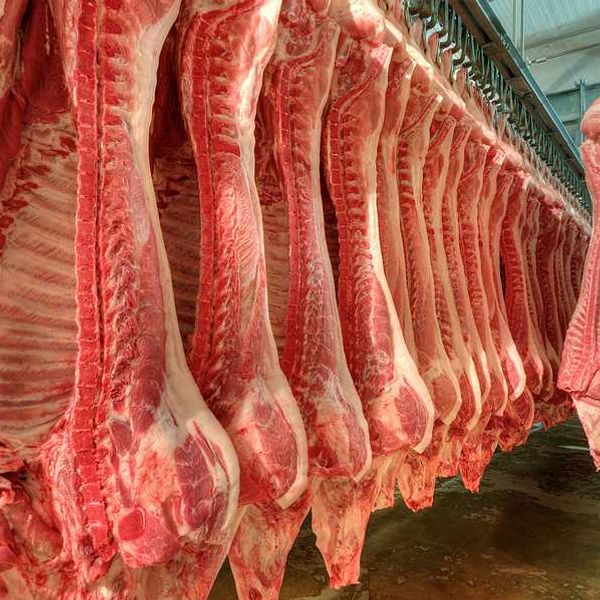Dangerous PFAS chemicals show up in the bodies of people who eat takeout, fast food, and pizza often at higher levels than in people who regularly cook at home, according to a new study.
The study is the first to link certain foods and PFAS exposures in Americans and adds to mounting evidence that food packaging, especially grease-resistant boxes, wrappers, and bags used for burgers, pizza, and popcorn, is a major source of exposure to the toxics for people.
"We all know eating more fresh foods and more home-cooked meals is good for our health for many reasons," co-author Laurel Schaider, an environmental chemist at Silent Spring Institute, told EHN. "I think our study adds further evidence to support that."
Silent Spring Institute is a scientific research organization focused on chemical exposures and women's health.
PFAS (Per- and polyfluoroalkyl substances) refers to a class of more than 5,000 chemicals that are used to make everything from food packaging and cookwear to furniture, carpets and clothing grease-, stain-, and water-repellent. They're sometimes called "forever chemicals" because don't break down naturally.
They can accumulate in the human body, and have been linked to cancer, thyroid disease, ulcerative colitis, low birth weight, and decreased fertility.
Schaider and her co-authors analyzed data collected between 2003 and 2014 from 10,106 participants in the National Health and Nutrition Examination Survey (NHANES)—a program of the Centers for Disease Control and Prevention (CDC) that tracks health and nutritional trends in the United States.
Related: How toxic PFAS chemicals could be making their way into food from Pennsylvania farms
The survey asked detailed questions about participants' diet and documented what they ate in the previous 24 hours, 7 days, 30 days, and 12 months. The participants also provided blood samples that were analyzed for a number of different PFAS chemicals.
"We found that every 100 calories of food purchased at a grocery store and prepared at home instead of at a restaurant was associated with 0.3 to 0.5 percent lower levels of PFAS in our bodies," Schaider said.
The average American eats 3,600 calories per day. At that rate, we could estimate that we'd see around 11 to 15 percent lower levels of PFAS in someone who ate at home for all three meals in a day than in someone who ate takeout for all three meals.
High levels of PFAS have previously been detected in microwave popcorn bags, and the new study, published in the journal Environmental Health Perspectives, also found that people who'd eaten microwaved popcorn daily over the past year had between 39 and 63 percent higher levels of PFAS in their bodies than people who hadn't.
"We know we're exposed to PFAS from many different sources," Schaider said, "but our findings indicate that food consumption is an important pathway of exposure."
PFAS also have been detected in drinking water throughout the country and in many personal care products.

While eating at home was associated with lower levels of PFAS than eating out overall, eating fast food and pizza were most strongly linked with higher levels of PFAS in people.
In general, the study's findings were most clearly seen in women, which researchers think could be related to differences in the types of food women and men eat at home and how they're packaged.
The study didn't analyze food packaging or the food itself for PFAS, but the chemicals can get into food through manufacturing processes or the use of biosolids sprayed on crops. Previous research by the Silent Spring Institute found the chemicals in many types of takeout food packaging, including sandwich, burrito and dessert wrappers and cardboard pizza and takeout boxes.
The study looked at five of the most common long-chain PFAS chemicals. In recent years, U.S. manufacturers have been replacing long-chain PFAS with new, shorter-chain varieties. But these chemicals are also extremely persistent, and new research suggests they raise similar health concerns, so some experts are calling for restrictions on the entire class of chemicals.
Last month, Denmark became the first country to ban the use of all PFAS in food packaging, but in the U.S. there are no such restrictions.
Schaider said in addition to cooking more meals at home and avoiding fast food, "consumers can also make popcorn in ways that don't involve microwave bags as another easy way to reduce exposure to PFAS."
"But I think consumers reasonably expect the products they buy in the United States to be safe," Schaider said. "We can't expect consumers to be responsible for this. Ultimately, we need better regulations to keep harmful chemicals from getting into our food and products in the first place."








